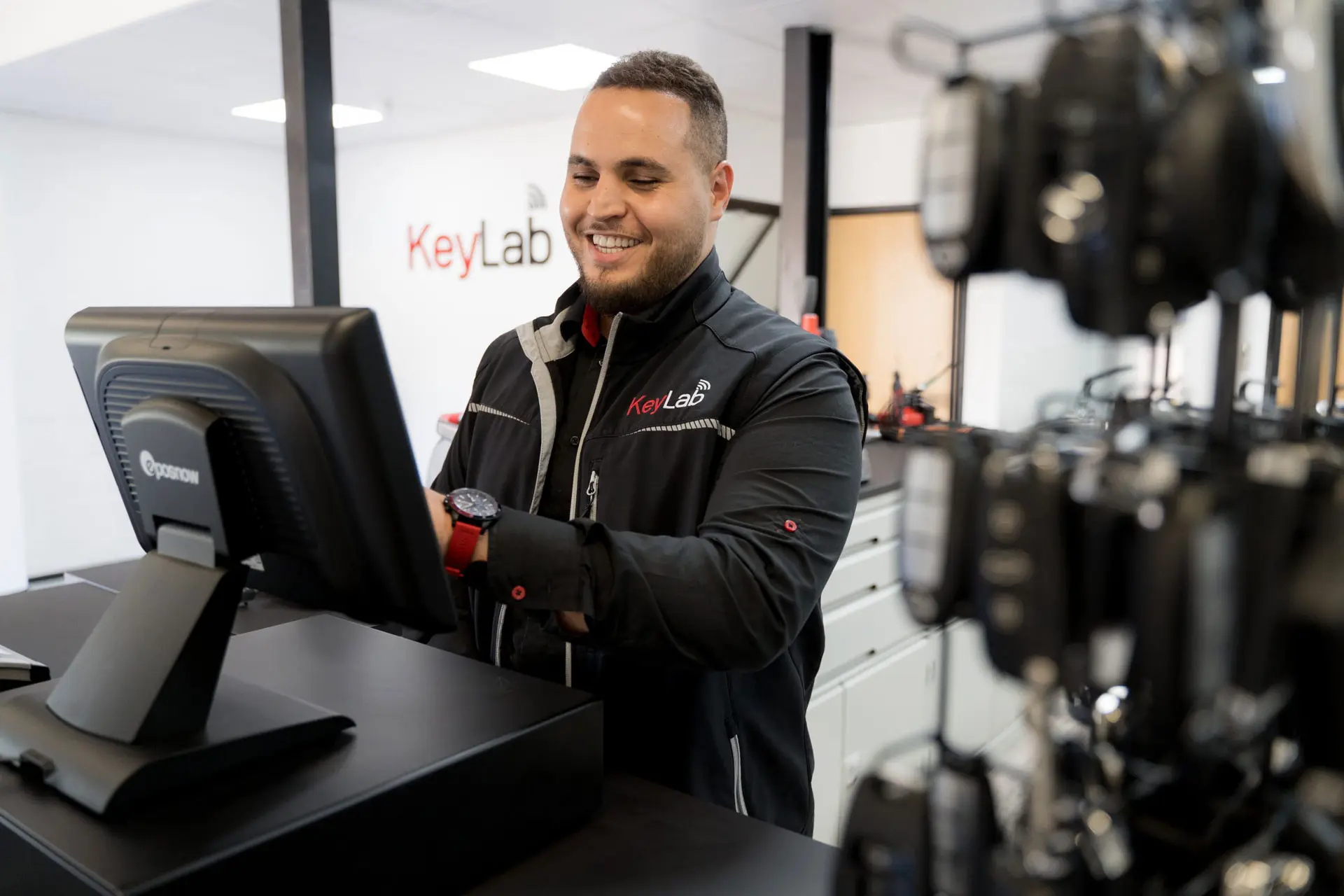car-key-remote-programming8569
car-key-remote-programming8569
Five Killer Quora Answers On Broken Key Repair
Broken Key Repair: Solutions for Common Lock Issues
Introduction
Keys are essential tools in our daily lives, permitting us to protect our homes, automobiles, and individual possessions. Nevertheless, they can also break, resulting in disappointments and troubles. Comprehending how to resolve broken key concerns is crucial for anybody wishing to keep their locks and make sure access to their property. This short article covers various elements of broken key repair, consisting of common causes, repair methods, and preventive procedures to prevent future circumstances.
Common Causes of Broken Keys
Keys can break for numerous reasons. Understanding these causes can help in preventing future occurrences:
- Wear and Tear: Over time, keys can use down due to regular usage, leading to weakened shafts that are most likely to break.
- Poor Key Design: Keys that are poorly developed might lack structural stability, making them more susceptible to breaking under tension.
- Incorrect Key Usage: Using excessive force to turn a key, particularly in a jammed lock, can easily result in a damage.
- Environmental Factors: Extreme temperature levels or direct exposure to wetness can compromise metal keys, resulting in brittleness.
- Lock Malfunctions: A malfunctioning lock can put unnecessary stress on a key, triggering it to snap during operation.
Signs of a Broken Key
Recognizing a broken key often includes apparent signs. Here are some indications:
- Partial insertion into the lock: If the key can not be totally inserted or eliminated.
- Unexpected resistance: If the key feels stuck when being turned.
- Noticeable divides or fractures: Inspecting the key can reveal cracks or breaks in the metal.
- Insufficient engagement: The key might turn less than required to actuate the lock.
Approaches for Broken Key Repair
When faced with a broken key, there are numerous approaches to think about for repair. It is necessary to select the right one based upon your particular scenario.
1. Eliminate the Broken Key
If a key breaks within a lock, the very first action is to eliminate the broken part:
- Use tweezers or needle-nose pliers: If a piece is sticking out of the lock, gently pull it out.
- Place a key extractor tool: This specific tool can help extract lodged parts more successfully.
| Tool | Finest Used For |
|---|---|
| Tweezers | Shallow extraction |
| Key extractor tool | Deeply lodged key pieces |
| Lubricant spray | Alleviating extraction of stuck parts |
2. Superglue Method
For circumstances where a key has actually partially broken however is undamaged enough to stay gripped, the superglue strategy might use a short-term fix.
- Clean the broken surface areas thoroughly.
- Use a thin layer of superglue.
- Hold the pieces together for a couple of minutes up until the glue sets.
Keep in mind: This technique is not a permanent solution and needs to be utilized with care as the repair can quickly fail under functional stress.
3. Metal Epoxy
For a more robust repair, metal epoxy offers a stronger bond than superglue.
- Follow the instructions on the epoxy product packaging for preparing the adhesive.
- Apply to the broken location and hold until set (usually a few hours).
4. Duplicate the Key
In circumstances where lock functionality is vital, creating a duplicate key is typically the best path:
- Visit a locksmith: Many locksmiths can replicate keys quickly and effectively.
- Utilize a key-tracing service: Some locksmith professionals utilize tracing approaches to cut an identical key based on the remnants.
5. Lock Replacement
When keys repeatedly break, it might be due to lock problems instead of key integrity. In such cases:

- Consult a locksmith to evaluate the lock’s condition.
- Consider replacing the lock entirely if substantial damage or wear appears.
Avoiding Key Breakage
Avoiding key damage is frequently much better than repair. Here are some useful ideas:
- Limit force on keys: Always turn keys gently to avoid unnecessary stress.
- Regular key assessment: Check for wear and change keys showing indications of damage.
- Utilize a keychain: Prevent extreme bending by utilizing a strong keychain.
- Lubricate locks: Ensure locks run smoothly to lower pressure on keys.
- Shop keys properly: Avoid positioning type in environments that can trigger rust or rust.
FAQs About Broken Key Repair
1. Can I repair a broken key myself?
Yes, you can attempt to repair a broken key yourself utilizing approaches like the superglue or metal epoxy strategies. However, these are temporary repairs, and it is a good idea to consult an expert locksmith for a more durable option.
2. Is it worth repairing a broken key?
In some cases, especially with nostalgic or special keys, a repair may be worth it. For basic keys, duplication or replacement is typically more effective and trusted.
3. How can I prevent my keys from breaking?
To avoid damage, guarantee that keys are not subjected to extreme force, routinely inspect them for wear, and keep locks well-kept.
4. When should I look for a locksmith’s assistance?
If you are not able to get rid of a broken key from a lock or if the lock breakdowns frequently, it’s finest to seek a locksmith’s expertise.
Broken keys can present a considerable trouble, however they are manageable with the ideal approach. By comprehending the common causes and available repair methods, people can respond successfully to key damage. Drawing from preventive measures will likewise help maintain key stability and performance. Eventually, a proactive approach to key and lock maintenance can considerably reduce the frequency of these bothersome problems.


